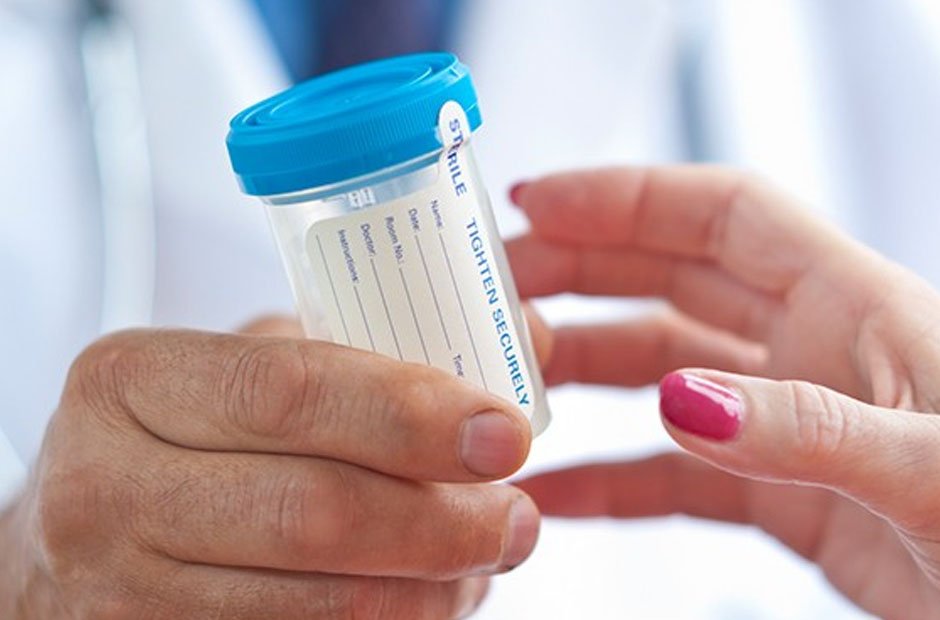In the dynamic landscape of modern employment practices, pre-employment drug testing has emerged as a pivotal tool for organizations seeking to balance ensuring a safe and productive workforce and managing associated costs.
This article delves into the intricate world of pre-employment drug screening, conducting a comprehensive cost-benefit analysis to shed light on the factors influencing this practice’s implementation and efficacy.
Costs Associated with Pre-Employment Drug Testing
When organizations consider incorporating pre-employment drug testing into their practices, they face the dual challenge of evaluating both direct and indirect costs associated with this decision.
Direct costs: They cover the visible financial outlays linked to carrying out the drug tests. These expenses include the laboratory services fees, the equipment, and the administrative overhead required to manage the screening process. These tangible costs can be easily calculated and accounted for in budgeting.
Indirect costs are more intricate to quantify as they encompass factors that aren’t as straightforward as direct expenses. These factors include potential drawbacks that can impact the organization less obviously. For instance, there could be a loss of potentially qualified candidates who opt out due to the screening requirement. Additionally, the extended time taken for hiring due to implementing drug testing can impact business operations and resources. Moreover, there might be a necessity for further staff training to manage the screening process effectively.
Balancing these direct and indirect costs is crucial for organizations to make informed decisions. A comprehensive analysis of both sides ensures a more accurate understanding of the financial implications associated with pre-employment drug testing.
Benefits of Pre-Employment Drug Testing
The advantages of drug testing are numerous and far-reaching. When organizations adopt this practice to establish a drug-free workplace, they open the door to a range of positive outcomes. Notably, there’s a decrease in workplace accidents, absenteeism, and the turnover of employees. This creates a safer environment for everyone involved, leading to heightened productivity and a more positive atmosphere that boosts employee morale.
Beyond the immediate effects on workplace dynamics, pre-employment drug testing safeguards the company’s reputation. Organizations project an image of responsibility and commitment to safety by ensuring that employees are free from drug-related impairments. This, in turn, can positively impact the perception of customers, partners, and the public at large.
From a legal perspective, drug screening employees can significantly reduce potential liabilities from accidents caused by impaired employees. This proactive measure showcases the organization’s dedication to maintaining a secure and accountable work environment.
Factors Affecting Cost-Benefit Analysis
The cost-benefit analysis of drug screening is influenced by several factors unique to each organization:
Industry-Specific Considerations: Industries with safety-sensitive roles like transportation and manufacturing may experience more pronounced benefits due to reduced workplace accidents.
Company Size and Resources: Larger organizations with greater resources may find it easier to absorb drug screening costs, while smaller businesses may need to weigh the financial implications more carefully.
Legal Requirements and Regulations: The legal landscape surrounding drug testing varies, impacting the feasibility and necessity of implementation based on jurisdiction.
Employee Market and Job Role: In competitive job markets, drug screening can enhance the attractiveness of job offers and attract a more reliable workforce.
Frequency and Type of Drug Testing: The testing frequency and the specific drugs screened for can significantly influence the cost-benefit equation.
Methods for Conducting a Cost-Benefit Analysis
When embarking on a thorough cost-benefit analysis, organizations delve into two distinct approaches – quantitative and qualitative – to paint a complete picture of the financial implications.
Quantitative Analysis: It involves attaching precise monetary values to the costs and benefits of drug screening. Organizations can directly compare these figures by quantifying expenses related to testing, administrative duties, and potential benefits like decreased accidents, absenteeism, and turnover. This analytical method provides a clear financial outlook that aids decision-making by showing the potential financial gains versus the investment.
Qualitative Analysis: This delves into non-monetary aspects influencing the organization’s dynamics. Instead of numbers, this approach weighs intangible factors such as the impact on employee morale, workplace culture, and overall safety enhancements. For example, a drug-free workplace might foster a positive work environment and heighten employee satisfaction, although these benefits can’t be directly assigned a dollar value.
By merging both quantitative and qualitative analyses, organizations obtain a comprehensive understanding of the complexities associated with pre-employment drug testing.
Challenges and Limitations
Although drug screening employees promise positive outcomes, it’s essential to acknowledge its challenges. The occurrence of false positives, concerns regarding the privacy of individuals’ sensitive information, and the potential for bias against specific candidates are all critical aspects to be mindful of. Striking a harmonious balance between the potential benefits and the inherent drawbacks requires a comprehensive and thoughtful approach.
This entails assessing the immediate advantages and considering the long-term implications. Organizations must weigh the advantages of creating a safer and more productive work environment against the possible negative consequences of false results or the unintentional stigmatization of candidates.
A well-informed decision should account for these complexities and consider the ethical, legal, and practical aspects of drug screening.
In the complex world of contemporary employment practices, drug screening requires a comprehensive examination of its advantages and drawbacks. Organizations find themselves at a crossroads where they must carefully weigh the financial investment against the potential benefits of safety, productivity, and adherence to legal requirements.
Choosing to implement pre-employment drug testing is not one to be taken lightly; it demands a deep understanding of the specific considerations within the industry, the legal responsibilities that come with it, and the unique circumstances of the organization.
A meticulous analysis of the costs and benefits is vital. On one side of the scale are the monetary expenditures associated with the screening process, including testing expenses and administrative efforts.
On the other side, however, lie the potential gains – a safer work environment, enhanced employee performance, and compliance with legal mandates. Striking this equilibrium requires acknowledging the potential impact on employee morale, the company’s reputation, and overall operational efficiency.
This careful evaluation allows organizations to make informed and strategic decisions that align with their overarching goals. This approach signifies a commitment not only to the well-being of their workforce but also to the prosperity of the business as a whole. It’s an intricate puzzle where every piece must fit seamlessly – industry dynamics, legal obligations, and the organization’s unique dynamics – to create a holistic picture that ensures the delicate balance between safeguarding employee welfare and sustaining business success.
















